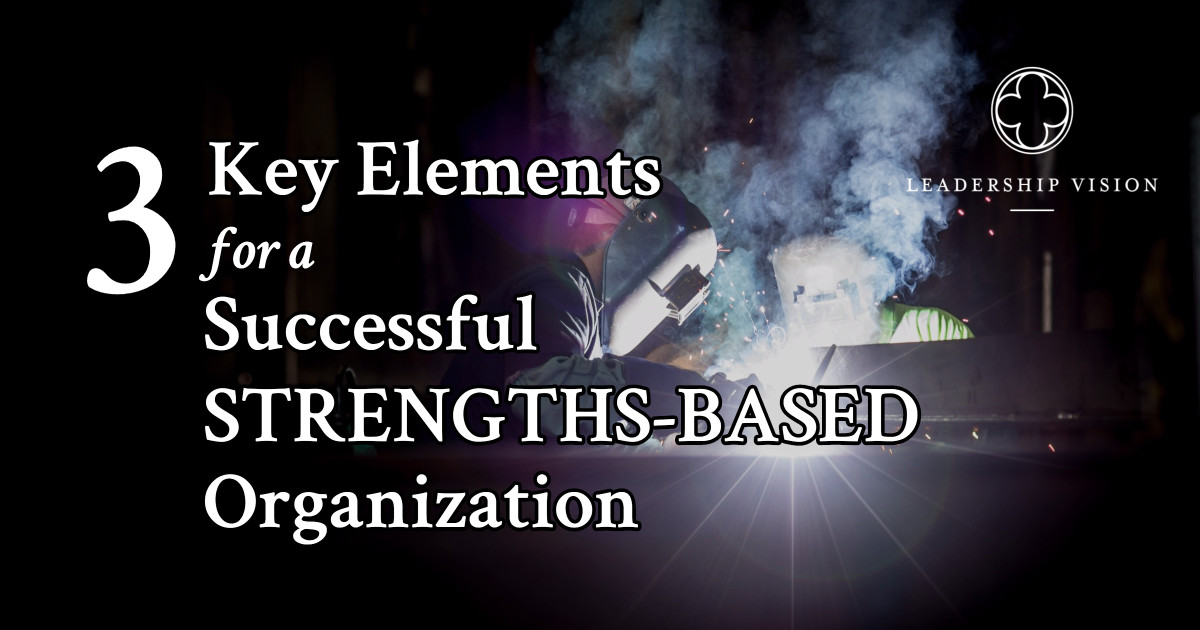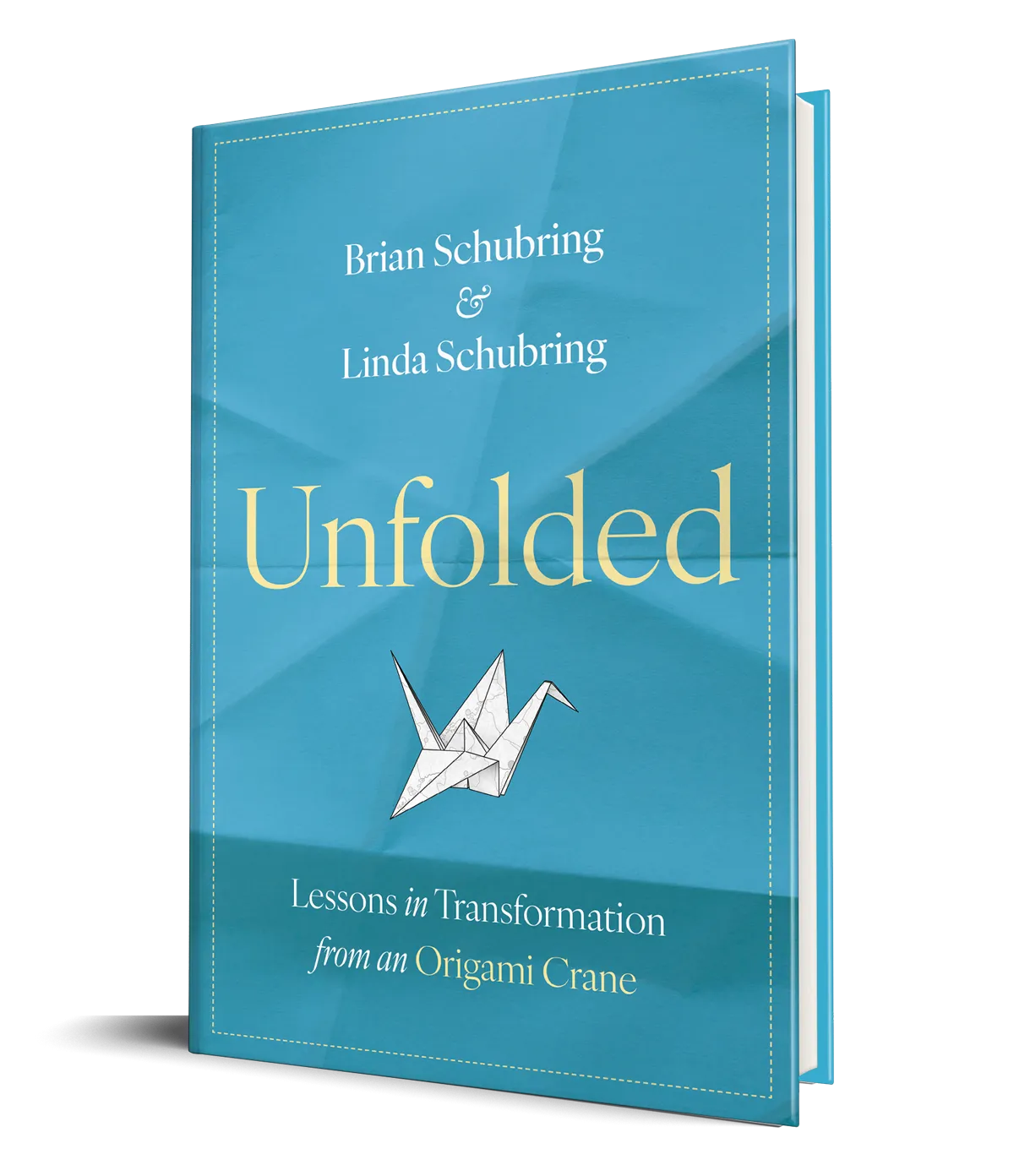Three Key Elements for a Successful Strengths-Based Organization
Are you building a Strengths-based organization? Our advice is to take action on three key elements: use a common language, facilitate shared experiences, and bolster the narrative intelligence among your members.
As individuals at Leadership Vision, we were each profoundly changed and awakened by the Strengths language. As a team, we believe in the multiplied influence of working together in all of our differences. As a culture, our words are marked by passion, action, and drive.
As I reflect on who we are and what we are becoming as a team, I am excited. Our “intentional by design” approach reveals three findings from my doctoral research. The focus of my research was on North American leaders living in European cities leading international, multigenerational teams through constant, disruptive change. I discovered that those leaders who successfully navigated change shared three key elements: a common language, shared experience, and narrative intelligence. In short, the leaders had built Strengths-based environments.
Common Language
Cultures are made up of a common language. This common language is a launching pad for understanding and a vehicle of expression. Common language and creativity breed “inside jokes.” Common language and practical application of a method of communication build complex connections between members of a culture. A common language reveals what’s important to a team.
At Leadership Vision, our common language just happens to be StrengthsFinder™ because it is a lens beyond one’s mother tongue where we use Strengths to understand the behaviors, words, and actions of others. Our spoken or observed behaviors reveal our patterns of communication.
We have worked with those whose mother tongues are Spanish, Portuguese, French, Turkish, and Mandarin who’ve taken the StrengthsFinder assessment in their own languages. We’ve seen the power of how the Strengths language bridges other language barriers and cultural divides.
We’ve worked with the young and the seasoned and everyone in between, and have witnessed how Strengths break down the cultural divide between generations. In the same vein, language preserves culture. Think of the way people talk and act on your team. What does it say about you or your culture? Using Strengths, we promote a shorthand understanding of what’s right with people and provide platforms to communicate well and treat each other with honor and dignity.
Shared Experience
When common language is put into action in a variety of situations, the action creates bonds with people that leverage the language to emphasize the work. Think of the experiences you may participate in with others: working towards a deadline, marching for a cause, going on an adventure, volunteering together, or setting aside time to celebrate each quarter. In action, our mysterious complexity and predictable patterns are revealed. Sometimes, you need to get out of the familiar. This is one of the reasons we love the liminal experience of Vision Trekk. Outside of the everyday patterns of life, we find that people interact in a way that is strikingly familiar to their work habits because maybe that’s just how our synapses fire in our brains. Do you have a propensity to take charge? Maybe that happens in a community service day. Do you prefer to have multiple things going on at the same time? Perhaps that happens when you multitask to pull off a volunteer event.
Strengths weave into our story to help tell the active narrative of our here and now and explains what we think is important and feel is critical. The shared experience creates an opportunity. These opportunities, when embraced, deepen established relationships because the language within the shared experience is having a transformational impact on the members. It is our hope that shared experiences with generative outcomes move people from a professional connection to a personal relationship.
Narrative Intelligence
Every culture is impacted and shaped by storytelling. Story provides a framework, and an organizational narrative provides the guardrails so that a culture’s common language and shared experience can help align them to a preferred future. We use narrative and image to drive home meaning and invite people into a larger story.
In Strengths-based organizations, the organizational plot each company lives every day is enhanced by the language of Strengths. The language provides the understanding. And the common narrative emerges in the retelling and living out the story.
Stephen Denning, author, lawyer, and storyteller shaped my thinking around leadership and the power of leaders’ stories. He studied and lauded those who think narratively about the world. Denning takes storytelling and moves it to a two-way street. There is a performing side and an intuitive listening side in the back and forth of communication. Denning defines “narrative intelligence” as “the capacity to understand the world in narrative terms.” Those with narrative intelligence demonstrate their capacities through an explicit understanding of the theory and a tacit understanding of how narratives work. In the leaders who leverage this capacity and are successful in leading change, we find they can tell a complete story that stirs movement and sparks action with minimal words.
One Leadership Vision complete narrative could be told this way:
Brian Schubring answered the call to take StrengthsFinder™ further than ever could be imagined. He gained knowledge, applied wisdom and gathered the right team who joined the global movement into what is right with people.
The essence of the entire story was captured in two sentences. That story could be told in a variety of ways, but it becomes the story we will tell from generation to generation. It is a story that invites others to come and be part of the movement. Who are those leaders you know who engage the audience through captivating stories?
Final Thoughts
My research shaped the underpinnings of Leadership Vision’s approach. As we seek to become a successful Strengths-based organization ourselves, we use the common language of Strengths, continue to have shared experiences on teams, and actively build our narrative intelligence capacities by sharing the common narrative and listening deeply to the song beneath the words.
Where have you found success in building Strengths-based organizational culture?





